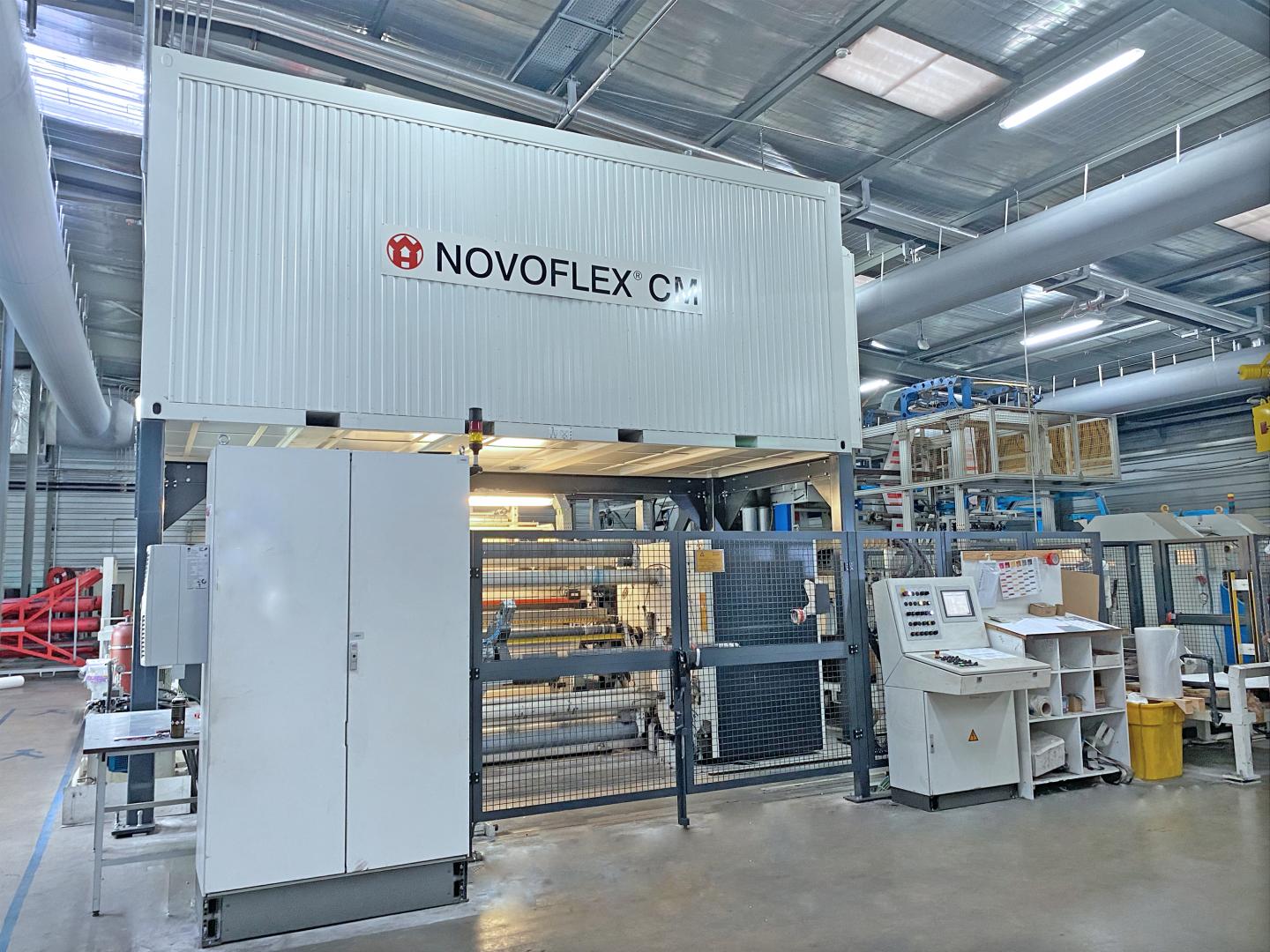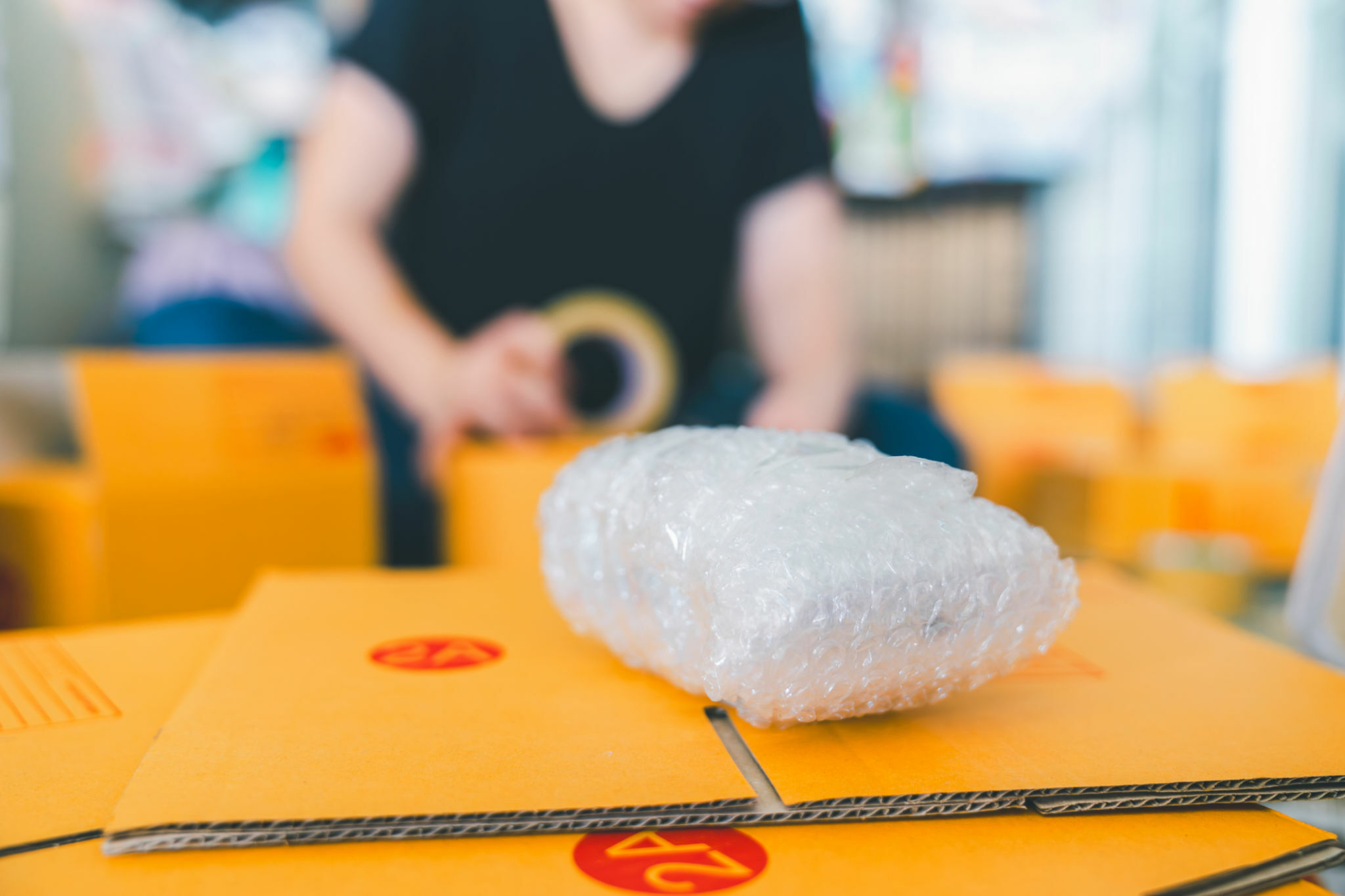Cutting-edge Industrial Packaging Solutions: Boosting Your Products
Cutting-edge Industrial Packaging Solutions: Boosting Your Products
Blog Article
Efficient Industrial Recycling Solutions for Lasting Packaging: A Comprehensive Guide
That's where this comprehensive guide on effective commercial recycling options for sustainable product packaging comes in. By checking out key locations such as product packaging material option, making for recyclability, implementing recycling framework, teaming up with reusing companions, and tracking and determining recycling success, this overview will equip you with the knowledge and tools needed to make enlightened decisions and drive favorable modification within your company. Whether you're a packaging expert, sustainability manager, or simply interested in the subject, this guide will give useful understandings and methods to aid you navigate the globe of lasting packaging.
Product Packaging Product Selection
The selection of packaging products plays a critical role in making sure the sustainability of commercial reusing solutions. The option of products is vital in decreasing ecological impact and taking full advantage of reusing performance when it comes to sustainable packaging. Picking the best materials can help reduce waste generation, conserve sources, and advertise a round economy.
One vital variable to consider in product packaging product selection is recyclability - industrial metal packaging. Products that can be conveniently reused and incorporated back into the manufacturing cycle are favored. As an example, products like cardboard, paper, glass, and particular kinds of plastics can be reused multiple times without shedding their high quality. On the various other hand, materials that are difficult to recycle, such as combined plastics or non-recyclable composites, can create difficulties for the reusing process and might end up in burners or garbage dumps.
Another consideration is making use of renewable and biodegradable products. Product packaging made from renewable sources, such as plant-based plastics or biopolymers, can help in reducing dependence on fossil fuels and alleviate environment modification. In addition, biodegradable products break down normally in time, reducing the build-up of waste in land fills.
Additionally, the weight and quantity of product packaging materials must be decreased to decrease transportation prices and energy consumption. Lightweight products not just call for less resources during production however additionally contribute to decrease carbon discharges during transport.
Designing for Recyclability
Packaging developers need to focus on the use of materials that are widely accepted for reusing and have actually developed reusing facilities. Materials such as glass, light weight aluminum, and specific types of plastic, like Animal and HDPE, are typically reused and must be liked over materials that are hard or expensive to reuse.
One more vital factor to consider in developing for recyclability is the elimination of unneeded elements or materials. By decreasing the number of layers, coverings, and added elements, product packaging can be made easier and simpler to recycle. Additionally, designers must aim to reduce using combined products, as they can complicate the reusing process.

Implementing Recycling Facilities
Reliable application of reusing facilities is important for the success of industrial recycling remedies. Without proper infrastructure in position, the recycling procedure ends up being inefficient and ineffective, impeding the overall goal of sustainable packaging.
To execute recycling framework successfully, several vital variables need to be taken into consideration. There ought to be an efficient collection system that assists in the splitting up and collection of recyclable materials. This can consist of designated reusing bins in public areas, along with collaborations with waste management companies for curbside pick-up and sorting.
As soon as collected, the recyclable products need to be carried to reusing centers in a prompt fashion. This calls for reliable logistics and transport networks, making sure processing company that the products get to the proper facilities without delay.
At the recycling facilities, advanced sorting and handling technologies need to remain in location to separate different kinds of products properly. This consists of the use of automated sorting machines, optical scanners, and hand-operated sorting strategies.
Moreover, there must be a robust market demand for recycled products. This can be accomplished with collaborations with manufacturers and industries that make use of recycled products in their production procedures. Developing a secure market for recycled products incentivizes the recycling industry and advertises the round economic climate.
Working Together With Recycling Allies

One trick element of collaborating with reusing partners is the establishment of clear interaction channels. It is important to develop open lines of communication to promote the exchange of info, updates, and responses. This enables both parties to remain informed regarding the progress of reusing efforts and attend to any obstacles or issues that might arise.
In addition, partnership can entail joint efforts in applying and developing reusing programs. Recycling partners can supply valuable insights and advice in developing effective collection systems and determining one of the most ideal recycling technologies. By interacting, businesses and recycling companions can optimize the reusing procedure and reduce waste.
Additionally, collaboration can prolong past the functional aspects of recycling. It can additionally encompass advocacy and education and learning campaigns. By joining forces, companies and reusing companions can increase recognition concerning the importance of recycling and advertise the fostering of sustainable product packaging techniques among customers and various other stakeholders.
Tracking and Measuring Recycling Success
To guarantee the performance of industrial reusing solutions and the achievement of sustainable product packaging goals, it is important for services and their reusing partners to establish a detailed system for monitoring and gauging recycling success (bulk container recycling). Measuring and tracking recycling success allows businesses to examine the effect of their recycling initiatives, determine areas for improvement, and set significant targets for future development
One way to track recycling success is via using information collection and analysis tools. By collecting information on the amount of packaging waste created, the percent of waste that is reused, and the kinds of materials being reused, services can get important insights right into their reusing performance. This data can after that be assessed to determine patterns, patterns, and areas of inadequacy.
An additional crucial aspect of monitoring and determining recycling success is developing clear and standard metrics. This allows organizations to contrast their performance against sector standards and track their progression gradually. Metrics such as recycling rates, waste diversion prices, and greenhouse gas emissions can provide a measurable step of a company's reusing success.

Final Thought
In final thought, carrying out effective industrial recycling options for sustainable product packaging needs careful factor to consider of packaging product choice, designing for recyclability, executing recycling framework, teaming up with reusing partners, and monitoring and measuring recycling success. By including these practices, organizations can add to a much more lasting and environmentally-friendly method to product packaging, reducing waste and advertising the round economic climate.
By discovering crucial locations such as packaging material selection, designing for recyclability, executing reusing infrastructure, working together with reusing companions, and tracking and determining reusing success, this overview will certainly equip you with the understanding and devices necessary to make educated choices and drive favorable adjustment within your organization. Packaging developers need to focus on the use of materials that are commonly approved for reusing and have actually established recycling frameworks.Collaboration with recycling partners is crucial for the successful application of commercial reusing solutions and the achievement of sustainable packaging objectives. By signing up with pressures, businesses and recycling partners can increase understanding regarding the value of reusing and advertise the fostering of lasting product packaging techniques among consumers and other stakeholders.
By gathering data on the quantity of packaging waste created, the percent of waste that is reused, and the kinds of products being reused, businesses can gain valuable insights right into their reusing efficiency.
Report this page